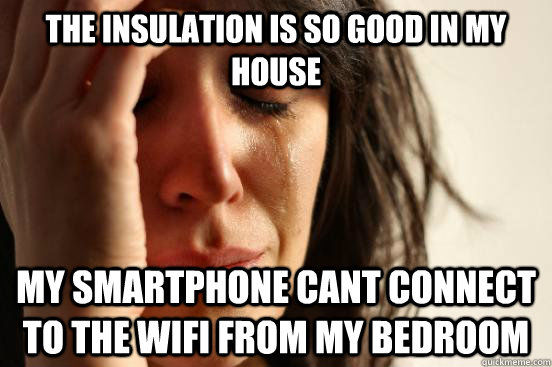Thinking About Insulation?

Adding further insulation to your home can have huge effects on its general livability. With winter fast approaching, it’s great to be considering heating options which are more sustainable - not to mention cheaper and more energy efficient! Here are a few simple tips for understanding the available options.
Insulation is a great way to heat a home, since it makes use of the
building’s natural features to avoid the financial and temporal costs of
heating electrically or with a gas or wood burner. Even if you use
these methods of temperature control, insulation will still advantage
your property - it prevents general heat loss in winter, but it also
keeps out the heat in summer! It can also provide significant savings on
energy bills - up to $400 a year just with ceiling insulation.
The Building Code of Australia (BCA) uses a scale known as the R-value to describe a building’s resistance to heat transfer. This is based on the construction fabric, the building site’s height (in relation to the Australian Height Datum) and the climate area of the property. Today, many newly constructed homes sport ceiling insulation - but depending on the geographical location of a property, this may prove insufficient. Older homes often have no insulation whatsoever.
Why you need a professional
Insulation may seem just like wrapping your house in a cosy jumper - but many aspects of the planning and installation process require extensive knowledge and experience. For one thing, understanding the classifications of climate zones and the interaction between state and federal law can be a right headache. Likewise, the intricate planning involved in balancing ventilation and heating potential can be trying - the R-scale in particular is very complex with its treatment of different building materials. Even the colour of roofs is taken into account when calculating heat absorption! Other issues include air gaps, vapour barriers and thermal bridging.
However, the most fundamental reason insulation must be handled or advised by a professional is safety. Because the task involves inserting flammable material into wired areas, taking steps to minimise fire and electrocution hazards is paramount.


